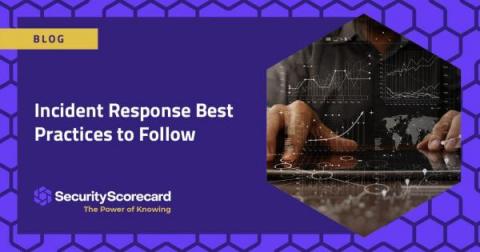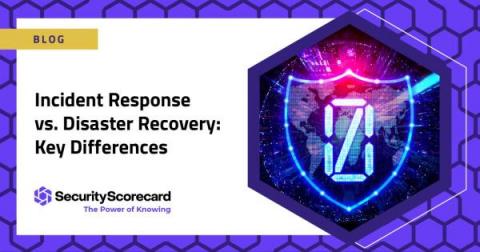Automated incident response using Log360
Security teams are often overwhelmed with alerts daily, including false positives, and actions that require attention but might be placed on the back burner. But when alerts start stacking up and aren’t addressed promptly, important security concerns might go unnoticed and these can spiral into a data breach. The time to detect and respond to security incidents should be as short as possible to limit the time an attacker can carry out an attack.











